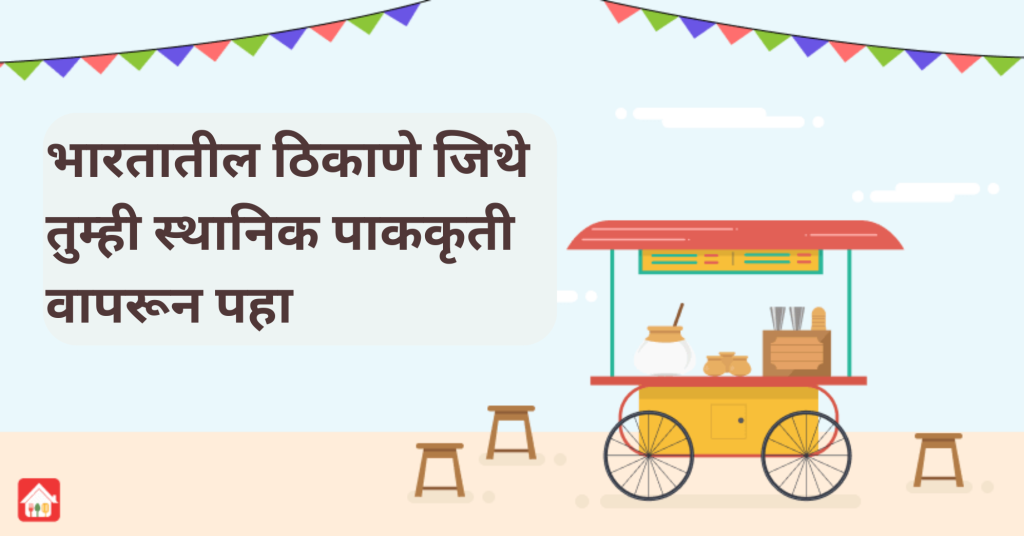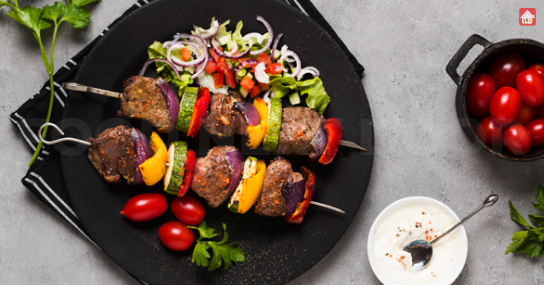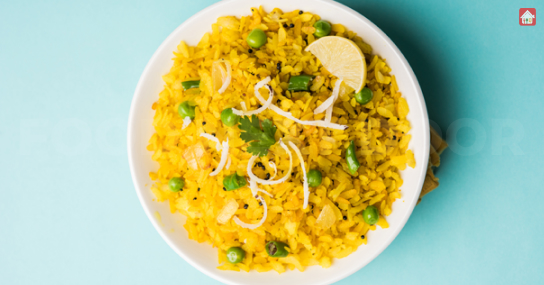Table of Contents
तुमच्या चेहऱ्यावरचे स्मित हास्य आणि तुमच्या तोंडातील लाळ लक्षात घ्या? एक सहकारी खवय्यांचे निरीक्षण केले आहे. तुम्ही भारतातील कोणते प्रादेशिक खाद्यपदार्थ चांगले आहेत आणि देशभर प्रवास करण्यासाठी योग्य आहेत याची संपूर्ण यादी शोधत असाल , तर ही यादी तुमच्यासाठी आहे.
Here is some best street style food in India that you simply must try:
Food from the streets of North India
Samosa
The samosa must be included in every list of Indian street food! The hearts of Indians are ruled by these small pyramids. The samosa was brought to India from Central Asia, yet it has become authentically Indian. We like our food piping hot, directly from the pot. Samosas vary by region, but in North India, they are typically packed with a spicy potato mixture. Cauliflower makes an appearance during the winter months.
Chaat
Chaat comes from the Hindi term chaatna, which means “to lick.” After you complete your dish of chaat, you lick your fingers, and that is exactly what you do. The tastiest of these sweet-salty-tart-hot treats can be found in the serpentine gullies of old Delhi. The aloo tikki chaat (smashed fried potato patties topped with tamarind chutney, mint chutney, and yoghurt), papdi chaat (fried chickpea flour batter discs topped with disc of boiled potato, onions, tomatoes, and chutneys), and shakarkandi chaat (fried chickpea flour batter discs topped with disc of boiled potato, onions, tomatoes, and chutneys (cubes of boiled sweet potato sprinkled with lemon juice and chaat masala and topped with sliced star fruit).
Paan
The famous Benarasi paan has been immortalised in song! The paan, or betel-leaf, is given royal treatment in the ancient city of Benaras (now Varanasi), elevating it from a simple mouth-freshener to a concoction of epic proportions. Areca nuts, tobacco, and slaked lime are added to the leaf, and the leaf is then folded into a cone with other ingredients such as gulkand, saffron, candied cherries, cardamom, and candied fennel. Varq (silver foil) is commonly used as a garnish. Paans such as the Benarasi meetha paan and the Benarasi navratan paan are available in the alleyways of Varanasi.
Kebab
The Mughal Empire is most renowned for its rich cuisine and majestic architecture, both of which can be found in abundance in places like Delhi and Lucknow. Even if you ate kebabs for lunch and supper for a week, there would still be a variety of kebabs to taste. A kebab is just a marinated piece of meat that has been grilled. They originated in the Middle East, but the khansamas, or royal cooks, elevated them in India thanks to their culinary expertise and grasp of flavours and spices. Some, such as chicken tikka and reshmi kebab, have become popular in restaurants all over the world, while others, such as kakori kebab, sutli kebab, and gallouti kebab, have not.
Jalebi
A jalebi might be described as a fried pretzel drenched in sugar syrup, but there’s so much more to this Indian street dish! Jalebis are produced in enormous iron woks on the streets of Delhi and throughout India. It’s fascinating to see the cook construct batter coils in the hot oil with a muslin cloth. When they’re done, the cook submerges them in a sugar syrup bath, where they’ll go straight into your mouth! Samosas or rabdi are the ideal accompaniments to jalebis.
Kathi Roll
The Kathi Roll is a parantha stuffed with kebabs and garnished with pickled onions, lime juice, and green chilli sauce. It is an iconic Kolkata street snack. The Egg Roll, a parantha and omelette roll packed with pickled onions, is the most popular item. According to legend, the dish was created after a group of royals ordered parantha and meat that they could eat without having their hands smeared with oil. The roll was formed when an innovative cook rolled the meat into the parantha, wrapped it in the paper, and gave it to his loyal customers. When Nizam’s, a Kolkata diner, switched from iron skewers to bamboo sticks, the word kathi became part of the nomenclature.
Litti Chokha
This rustic find from Bihar’s alleys is as nutritious as Indian street cuisine gets. Litti chokha is a combination of two dishes: the litti is a ball of whole wheat dough stuffed with a mixture of sattu (ground chickpea or gramme flour) and cooked over an open fire before being showered in ghee. Chokha is a dish made with mashed grilled vegetables such as potatoes, onions, chilies, and eggplants. This meal has become famous in nations such as Suriname, Fiji, and Mauritius thanks to migrant workers from Bihar.
Poha
On the streets of Maharashtra, this basic and simple Indian street food is the ultimate breakfast item. Flattened rice, also known as beaten rice, is a dish made with onions, potatoes, green chillies, and roasted peanuts, then topped with grated coconut. Grated carrots, green peas, and cashews are occasionally included. To begin, soak the flattened rice and set it aside. The vegetables are then sautéed in a neutral oil tempered with spices such as mustard seeds. After that, add the moistened flattened rice. Kari leaves and fennel seeds are two regional variations.
Kachori
Though kachoris may be found all over India, none are more delectable than in Rajasthan, where the Marwari community originated this iconic Indian street snack. A filled pastry fried in ghee is known as a kachori. It’s crispy and flaky, and it’s typically served with two chutneys: green coriander and mint chutney and sweet and sour tamarind chutney. Order the pyaaz kachori (filled with spicy browned onions) or the dal kachori (stuffed with lentils) for breakfast, along with a malai kesari chai (tea with saffron and cream) on the side, and your day will be made! If you’re craving something sweet, go for the mawa kachori, a syrup-soaked kachori loaded with mawa.
Dosa
A dosa is a classic savoury crepe prepared from fermented rice batter. It can be eaten simply or with spicy potatoes stuffed inside. A dish of sambar and one or two types of chutney are on the side. The coconut chutney, which is creamy and delicious, is a must-try! While the dosa is popular throughout South India, there is considerable debate about where it originated. Those in Udupi, Karnataka’s west coast, claim credit for the dish’s conception, while Tamilians on the east coast claim credit for it. The Udupi dosa is crisp and thin, while the Tamil dosa is thicker and softer, as seen at Udupi restaurants around the country. Both are delectable and ideal for vegans! Ask the chef to leave the ghee out if you’re a vegan. Don’t forget to request additional podi.
Chowmein
Chowmein, or fried noodles, is a popular dish in the northeast, as it is throughout eastern India. Chowmein is available at street stalls from Sikkim to Tripura. It’s both filling and tasty. The noodles are fried with seasonal vegetables and topped with soy sauce, tomato sauce, and chilli sauce, and they’re the kind of fatty that brings you delight on the loneliest of days. It is frequently garnished with shredded pork, prawns, and eggs. Chowmein is descended from Chinese Hakka noodles; local flavours were merged with the original recipe in Kolkata, where the Hakka community settled, to produce something unique to the Indian foodscape, and thus the chowmein was born.







